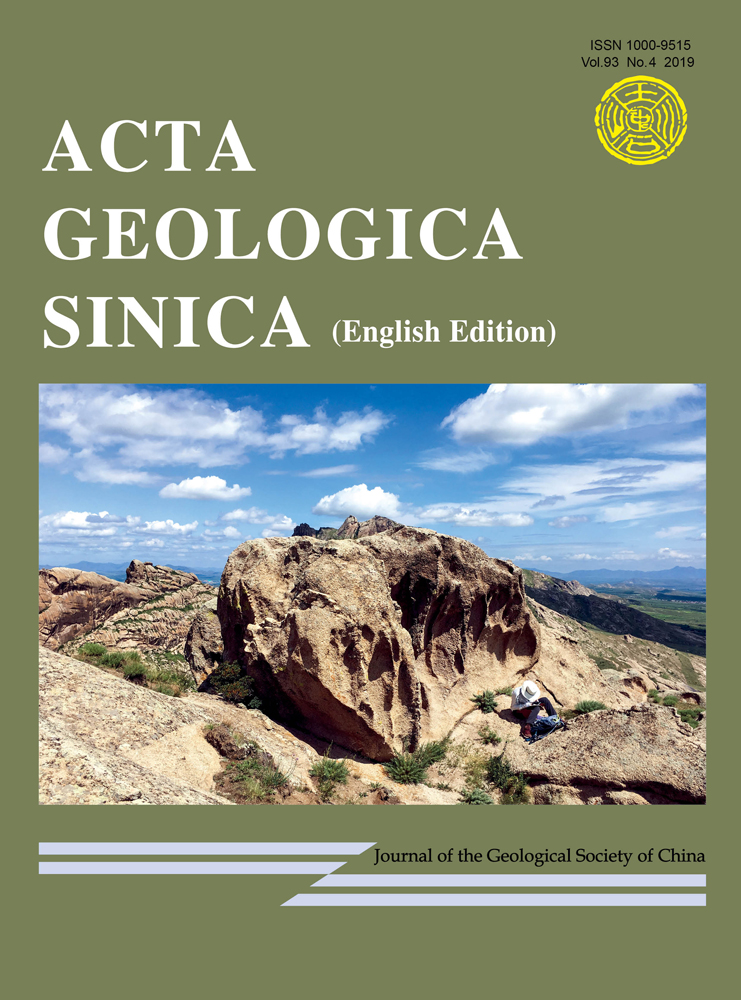Using the Maximum Effective Moment Criterion to Interpret Quartz <c>-Fabric Patterns
About the first author:
ZHENG Yadong, male, born in January 1936, Professor in Structural geology and Tectonics, School of Earth and Space Sciences, Peking University, Beijing 100871, China.
About the corresponding author:
ZHANG Bo, Associated professor in Structural geology and Tectonics, School of Earth and Space Sciences, Peking University, Beijing 100871, China. Mainly engaged in structural geology and microstructural geology. Main aspects of interest are based on macro-microscopic structural analysis, to reveal the tectonic geometry, kinematics, tectonic geomorphology and dynamic process of the intracontinental deformation and orogenic belts. The study area is mainly in the Tibet Plateau, western Yunnan and Southeast Asia.
Abstract
The Maximum Effective Moment (MEM) criterion predicts that the initial orientation of ductile shear zones and shear bands is ∼55° relative to the maximum principal stress axis (σ1) and that the kinematic vorticity number (Wk) is ∼0.94. These preferred orientations should be reflected in the pattern of quartz <c>-fabrics in shear zones and shear bands. Common quartz <c>-fabrics in plane strain can be divided into low-temperature (L) and high-temperature (H) fabrics, with each group showing three patterns. A steady flow with a constant value of Wk≈0.94 gives rise to L-1 and H-1 patterns, which are commonly characterized by a single <c> axis girdle normal to the shear zone and a single <c>-point maximum parallel to the shear zone. Once the conjugate set develops, L-1 and H-1 have opening angles of ∼70° and ∼110°, respectively. L-2 and H-2 are asymmetric patterns associated with variable deformation partitioning and vorticity values of 0< Wk<0.94. In contrast, L-3 and H-3 are symmetric patterns associated with 100% deformation partitioning and Wk=0. The opening angle in quartz <c>-fabrics is implicitly linked to the temperature during deformation. The opening angle is ∼70° at low temperature and ∼110° at high temperature. However, a linear correction between the opening angle and the temperature cannot be established. During deformation partitioning, synthetic shear bands form earlier than antithetic bands and are more easily developed. This may result in opening angles of <70° for low-temperature fabrics and of >110° for high-temperature fabrics. The following criteria can be used to recognize reworked shear zones that have experienced multiple orogenic phases and changes in the stress state: 1) the initial Wk is larger or smaller than ∼0.94; 2) the change in Wk is abrupt, rather than progressive; 3) inconsistent shear senses are inferred for the different phases of deformation; and 4) a negative value of Wk is found in reworked shear zones.




